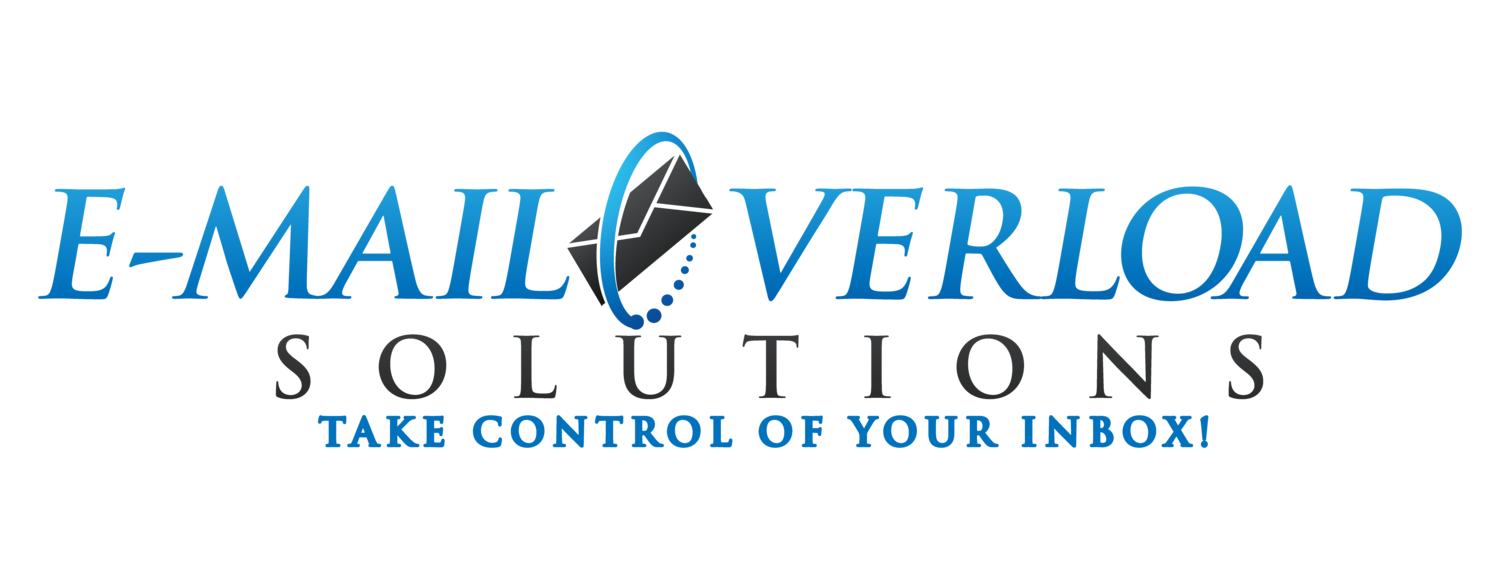The Importance of a Meeting Agenda
/Meeting Management Agendas
The APREF Meeting Framework
A well-developed meeting agenda is an essential element for a business meeting. It ensures attendees understand the purpose of the meeting and their roles. It also helps to keep the meeting on-track and helps to result in a “successful meeting”.
As part of the APERF Meeting Management Framework, we define the need for a well-developed “Meeting Agenda” as part of a sound meeting management process.
The Meeting Agenda is a “roadmap” for the meeting. It clarifies the meeting’s purpose, expected outcome, and all items to be discussed in a prioritized order with predefined time slots.
Here are the key elements to consider in creating your Meeting Agenda:
Start with the Meeting Objective!
The Agenda should include a clear “Objective”. This is the purpose of the meeting, or “What the meeting is trying to accomplish".
Ensure the Objective is clear, specific, and measurable. (Example: “Analyze Options for new utility firm”).
Ensure there is a “Desired Outcome”!
The Agenda should clearly state the “Outcome” that will constitute a “successful meeting”. Always limit the outcomes to the few, specific items the meeting is trying to accomplish.
Examples of Meeting Outcomes:
Making a specific decision.
Agreement on a course of action.
Resolving an issue.
Explaining a new process.!
Here is an example of a simple but clear meeting outcome:
“Select new utility firm and one potential alternate”.
Remember - Outcomes should be specific and never vague!
Here are some important points to consider in building a Meeting Agenda:
Acts as a reference so attendees can “prepare” for the meeting.
Serves as the structure or “blueprint” for the meeting.
Gives the meeting organizer a tool they can use to keep the meeting “on track”.
Represents the standard by which the meeting will be considered as a “success” or “failure”.
Key Components of a Meeting Agenda:
Topics - List of topics to cover during the meeting.
Format - Format the presentations will take (Discussion, PowerPoint, Video, demonstration, etc.).
Order - Prioritized order to present the meeting topics.
Timing - Time (in minutes) to allocate to each topic or presenter.
Presenter - Name of the presenter for each topic.
Role - Roles people hold in the meeting (e.g.: Facilitator, Minutes-Taker, etc.)
Final Meeting Agenda Considerations:
Publish the agenda ahead of time to all the participants. This way, everyone will know what to expect and how to prepare for the meeting.
Include time for “intros” only if necessary, otherwise, start with the agenda topics.
Review timing to ensure all topics can fit in the allocated meeting time.
Include time at the beginning to review the meeting purpose, agenda, roles, and “ground-rules”.
Make sure each presenter is aware of how much time they have been allocated.
Include time at the end to recap decisions and clarify action items, responsible parties, and due-dates.
A well-defined agenda provides direction and ensures a successful meeting. Take the time to create it ahead-of-time and follow it. If there is no agenda, consider not holding a meeting until one is prepared.
Remember - The existence of a meeting agenda can make the difference between a successful meeting vs one that is a waste of everyone’s time.
Do you use Meeting Agendas in running your meetings?
What do you consider is needed for a good agenda?
Please check-out the new eBook, Planning and Running a Succesful Meeting with BONUSES for more helpful information on how to run meetings that work!
Run Better Meetings!
Learn How!

















